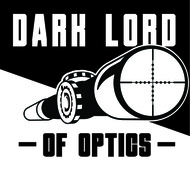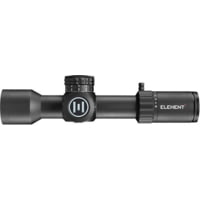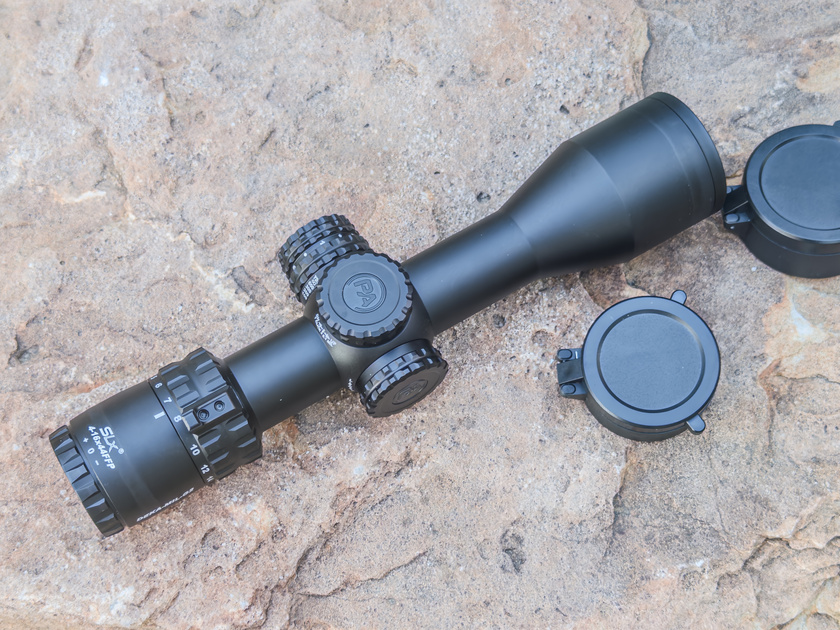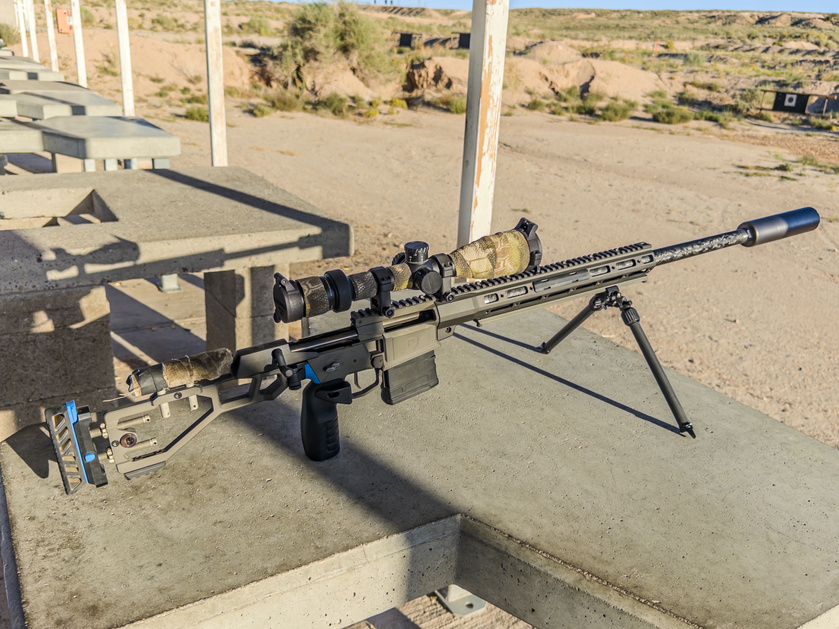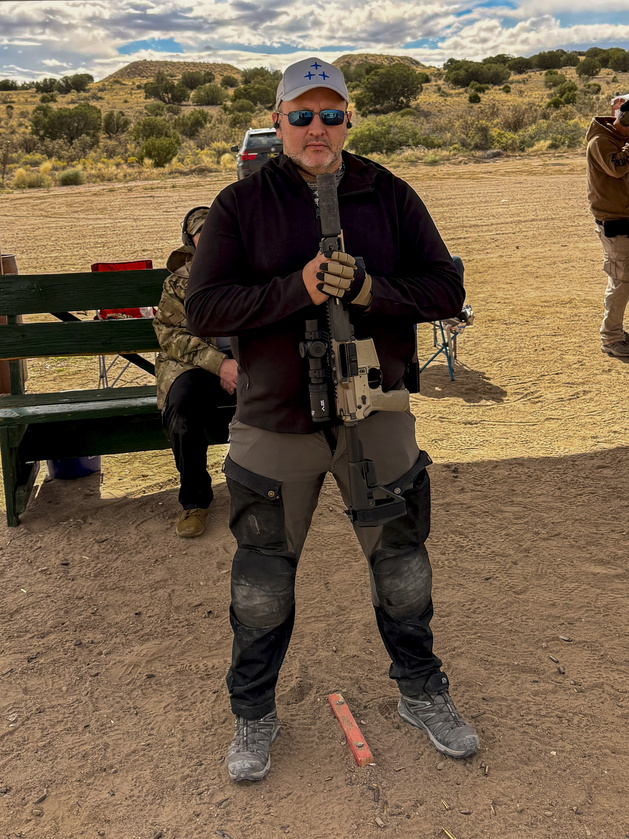Warning: this is not meant to single out the specific company whose marketing made me chuckle this time around. A lot of the marketing I see from optics companies is similarly retarded and, frankly, I usually do not read into it. I expect something illiterate and they usually do not dissapoint.
I happened to glance at the e-mail blast from Lucid Optics simply because I do not pay very close attention to what they offer. Years ago I have a few conversations with people from Lucid at SHOT and never walked away from those conversations wanting to look more closely at their products.
This time around they seem to have introduced either a new reflex sight or a reflex sight that is newly available with a blue illuminated reticle. It is a small reflex sight the size of the ACRO and with ACRO mount compatibility, called E7.
https://www.lucidoptics.com/red-dot-2/#E7
I have not seen the sight itself and do not ahve any opinions on how it stacks up.
Not everything in their release e-mail is nonsense and I will not go through everything, just a few blurbs that stood out to me. Italicized text is a direct quote from their press release.
The E7 will feature the worlds first reflex sight to employ an aiming point in BLUE. There is a Lot of science behind the use of blue as an aiming point. For more information on Why “BLUE” Please reach out to Lucid Optics Directly.
There have been cheap chinese reflex sights with blue reticles around for years. Maybe, I will call them up and see how they try to explain why "BLUE".
What Makes the Blue Reticle so Special?
• Blue is the fastest transmitted color in the spectrum.
Huh? That's nonsense. There are slight differences in speed of light in different materials (that's why we have chromatic dispersion), but it is slight and can go either way.
• The Human eye is more sensitive to the blue wavelengths than any other in the spectrum.
No, it is not.
• Blue illumination presents a clean edge reticle
Not any cleaner than any other color if done with equal attention to detail. Or is this implication that their sights with different color reticles are not very good?
• Blue is the most easily refracted wavelength by the human eye
This is just gibberish. Whoever wrote it does not understand the words.
• Blue Creates a “Circadian” rhythm, calming the human mind.
There is some truth to it in that we are used to wake up in the morning when there is a strong blue compoennt to daylight. Our perception of the Circadian rhythm may partially rely on blue light. However, it is not calming, which is why there is a lot of research into avoiding blue light 3-4 hours before going to sleep in the evening.
• Exposure to blue light considerably reduces stress levels.
I'd like to see some research behind that. This is counter to what I have seen from LED display manufacturers. Among other things, excessive blue light degrades photoreceptors in your eye.
• Less than .02% of people have a color blindness to Blue.
I do not know the numbers off the top of my head, but it might be true. Blue Yellow color blindedness is nto very common.
• Blue, as an illuminated aiming point, can be reduced in brightness level allowing the reticle to be “Seen Through” providing a more positive target identification.
I have no idea how they arrived to this since our eyes are not most sensitive to blue (it is green).
"Equipped with a high-efficiency LED emitter, it features a razor-sharp M5 Reticle, proven to provide a 30% faster target acquisition compared to conventional dot sights of any color."
Really? 30% faster is a lot. I'd like to see some evidence of this groundbreaking research. I'll do some digging, but I am very skeptical about this.
One of the key advantages of Lucid Optics reflex sights is their operational parallax-free design. Regardless of the angle of your eye in relation to the field of view, the reticle always remains precisely on target, ensuring pinpoint accuracy with every shot.
This is just wordsmithing. By definition, a reflex sight can only be parallax free at one distance. They seem to be inventing a different kind of "parallax-free" they are calling "operational parallax-free". That proably means that they really wanted to call their reflex sights parallax free, but took exception to a lie so obvious everyone would call them on it.
